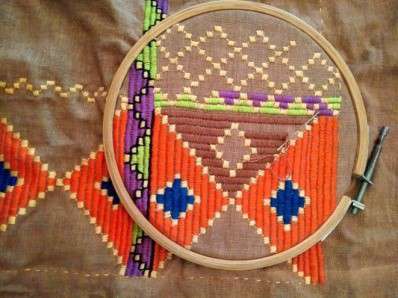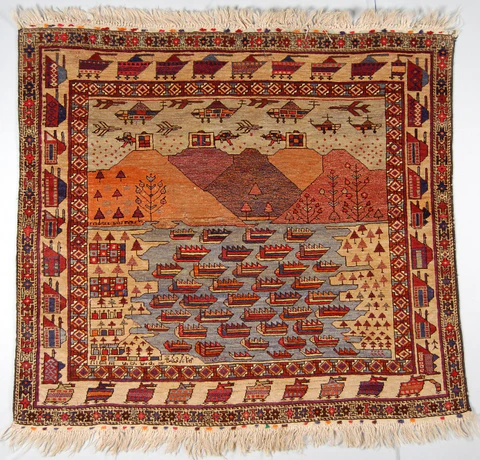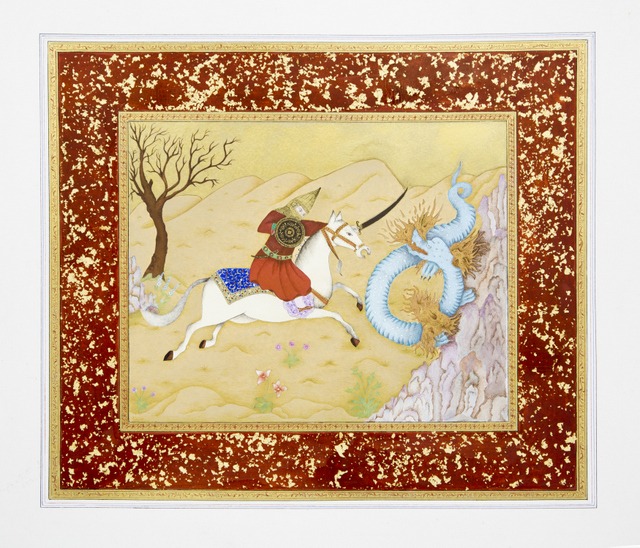
Menu

Afghan war rugs are among the most striking and haunting art forms to emerge from decades of conflict. Traditionally, Afghan rugs featured floral patterns, geometric designs, and pastoral scenes. But as war became an inescapable part of daily life, weavers began incorporating its harsh imagery into their work — tanks, helicopters, AK-47s, landmines, maps, and barbed wire.
These rugs are not just textiles but vivid chronicles of Afghanistan’s modern history. The trend began during the Soviet invasion in the 1980s, when rural artisans wove the occupation’s symbols into their traditional patterns. Over time, motifs evolved to include imagery from later conflicts, including the American invasion and the ongoing civil strife. Each rug serves as a stitched document of trauma, survival, and witness.
Far from being simple propaganda, war rugs are layered with irony, resilience, and cultural pride. Some feature slogans in Dari or Pashto. Others juxtapose weapons with traditional borders, symbolizing how war intruded upon — and became inseparable from — daily Afghan life. Collectors and scholars value them as unique cultural records, a people’s raw, unfiltered response to decades of violence.
War rugs have also become sought-after exports, with buyers drawn to their unsettling honesty and complex beauty. They challenge viewers to confront the human costs of conflict, even as they admire the skill and artistry of the weavers. In a sense, these rugs are both art and archive — documenting suffering while also testifying to the enduring spirit of their creators.
Despite the turmoil that inspired them, war rugs remain a testament to Afghan resilience. They remind us that even in war, art endures — not only as a means of survival but as a way to tell one’s truth, one knot at a time.




@THE INDIAN ART COTTAGE
© The Indian Art Cottage | All Rights Reserved | 2025